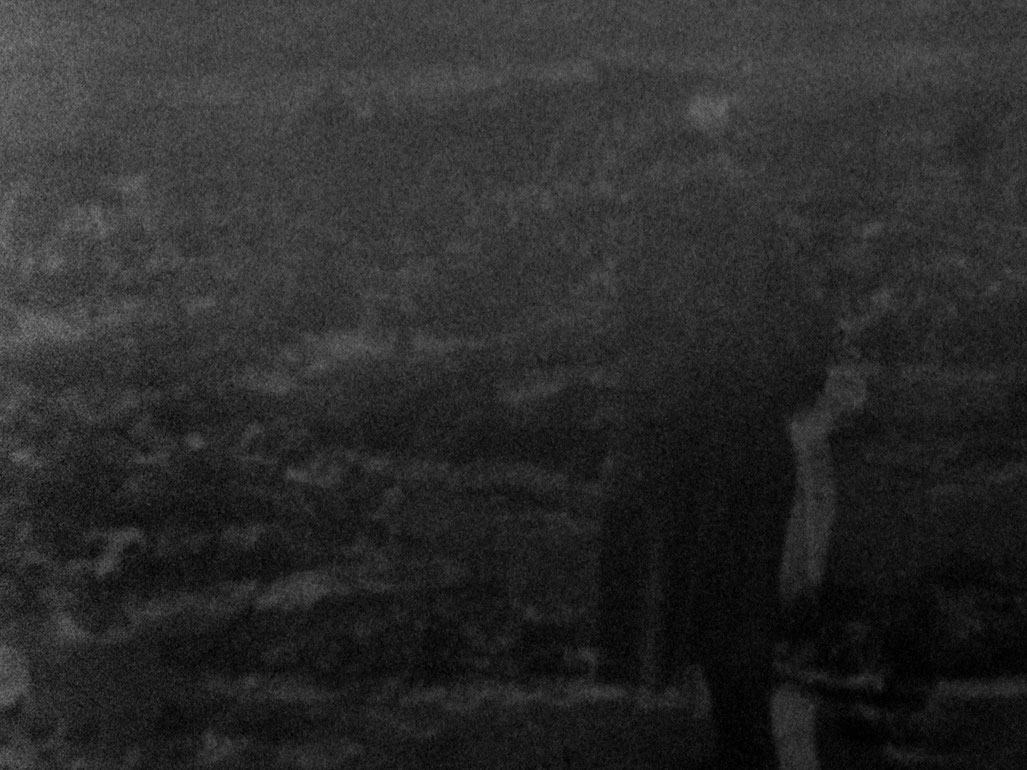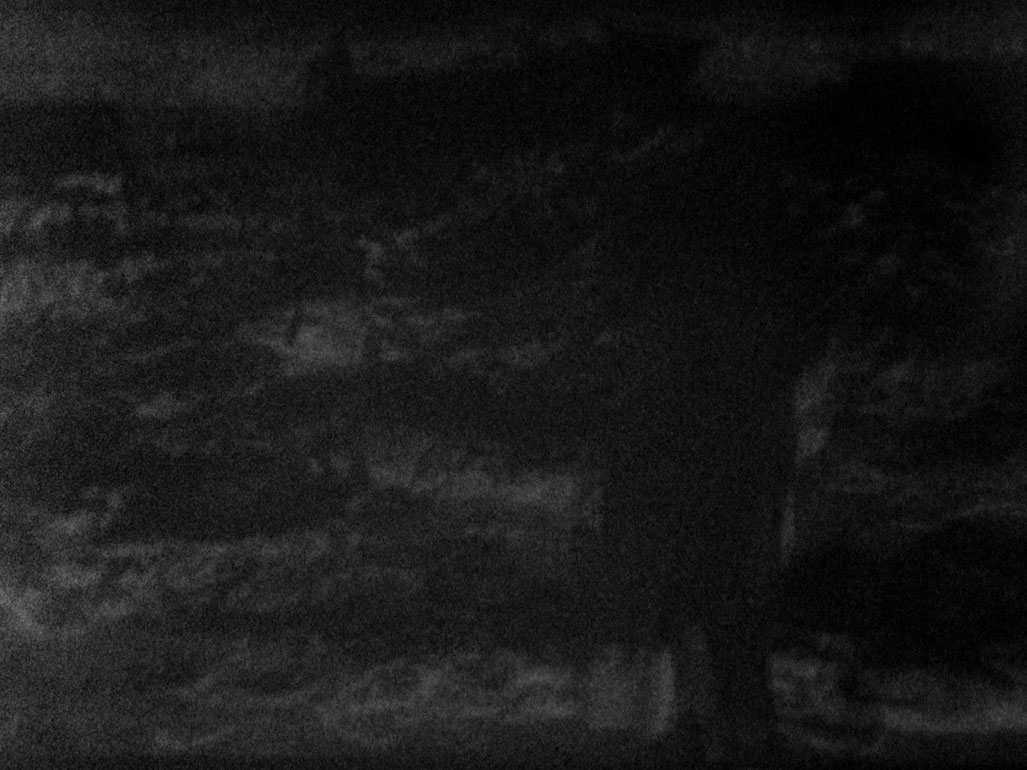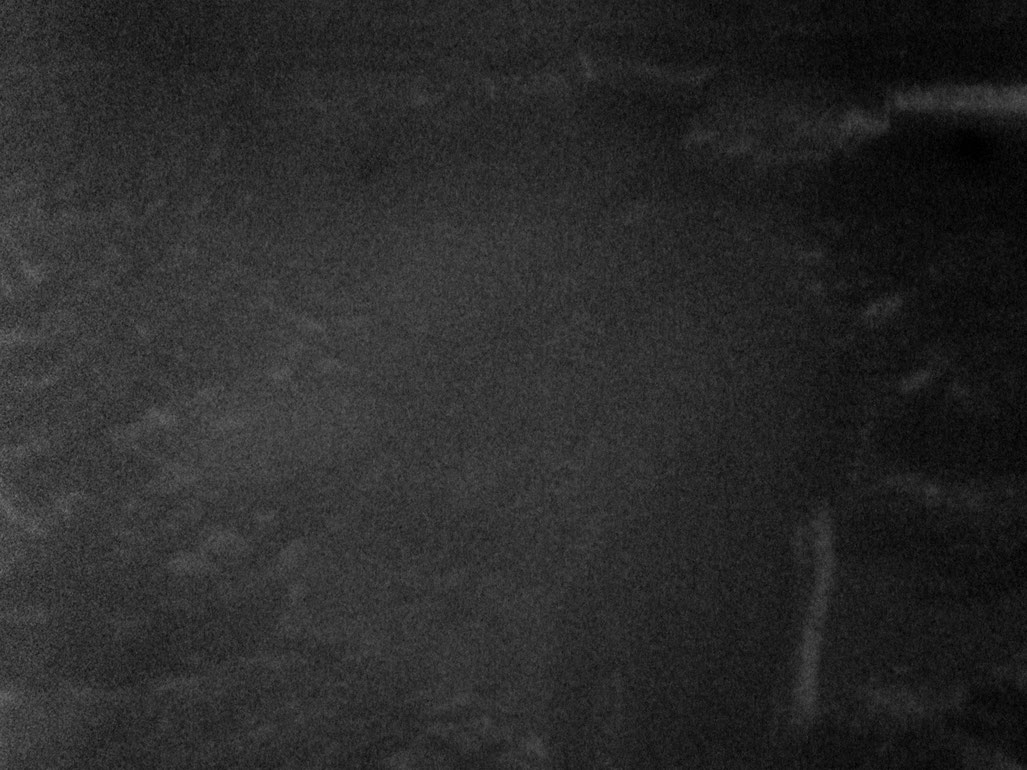20/68 Honey
In 1968 Kren made Schatzi, which explores the irony of a formal image device, the interplay of positive and negative superimposition, involving the viewer in the material interaction only to reveal finally that the picture is of an army officer surveying a field of corpses. In many respects, Kren´s work continues to express the tension between the existential and the structural. His formal inclinations and systematic structures never become formalist or formula unrelated to the existential aspect of image.
(Malcolm Le Grice, "Abstract Film and Beyond", 1977)
The freeze frame´s historicalness also contains a political dimension. In Schatzi Kurt Kren films a photo which shows an SS officer standing on a town square which is littered with dead bodies. Positive and negative images are overlapped here as well, showing at the beginning only abstract, blurry areas, which then slowly materialize into a picture. Kren goes through a whole process of cognition on the step-by-step discovery of an unbearable fact, which shows the image as an "inscription of the real." The picture then falls back into its negative and positive forms, and shows that it is definitely "only" a photo, which cannot do justice to the depicted reality. Kren makes the transition from seeing to thinking through the animatinon of the picture.
(Michael Palm: "Which Way? Drei Pfade durchs Bild-Gebüsch von Kurt Kren," in:(ed.) H. Scheugl, Ex Underground Kurt Kren. Seine Filme, Vienna 1996)
Schatzi begins with a blurred light and dark structure – hazy spots and surfaces that appear to blur each other. Slowly, and the film continues one begins to detect a figure, a man in a long, dark coat ...
(Hans Hurch)
Schatzi is the ultimate commentary on the atrocities and torments the soldiers of the Waffen-SS did to human beings, one cannot fictionalize these historical figures and events.
(Brigitta Burger-Utzer)



